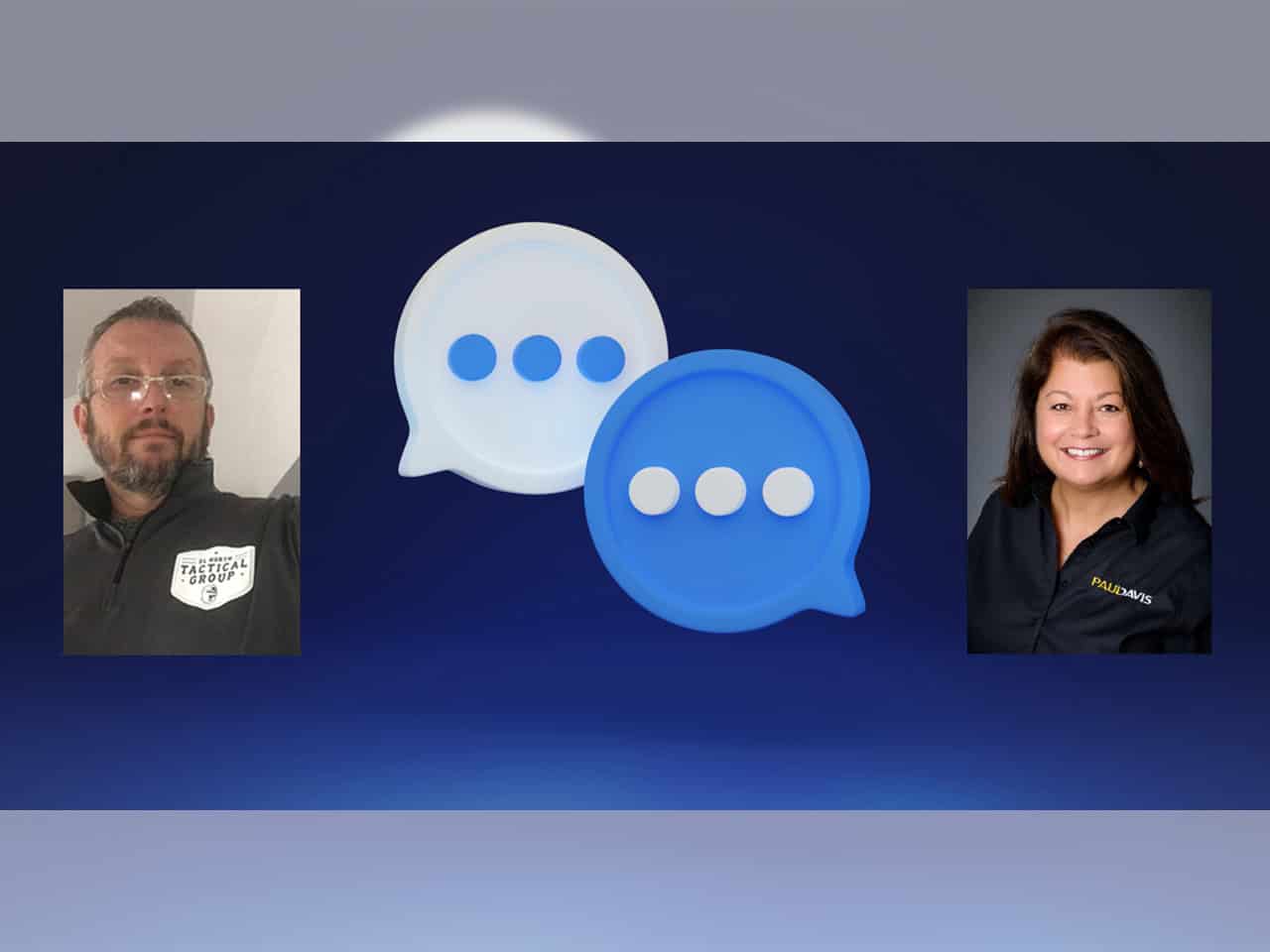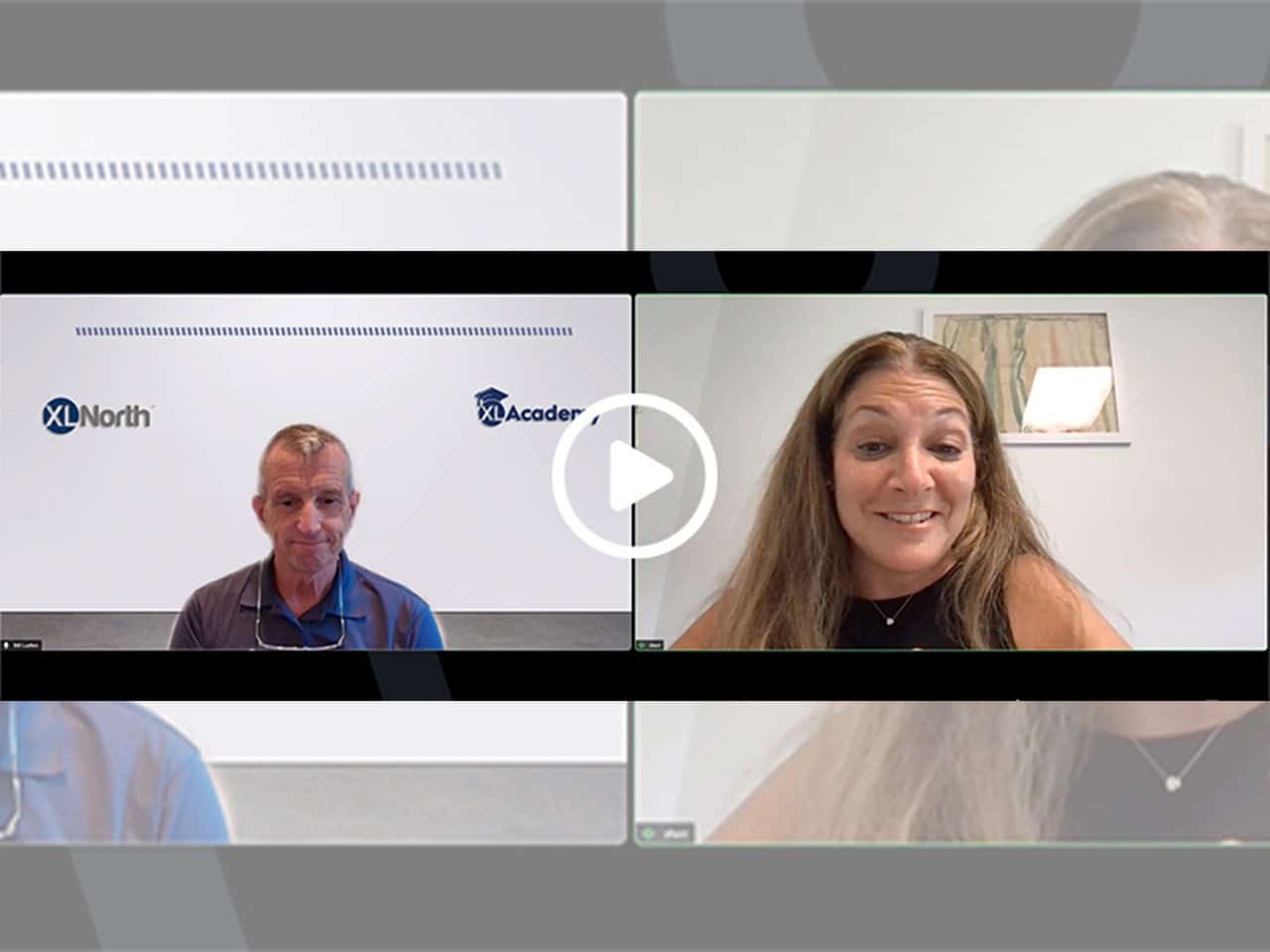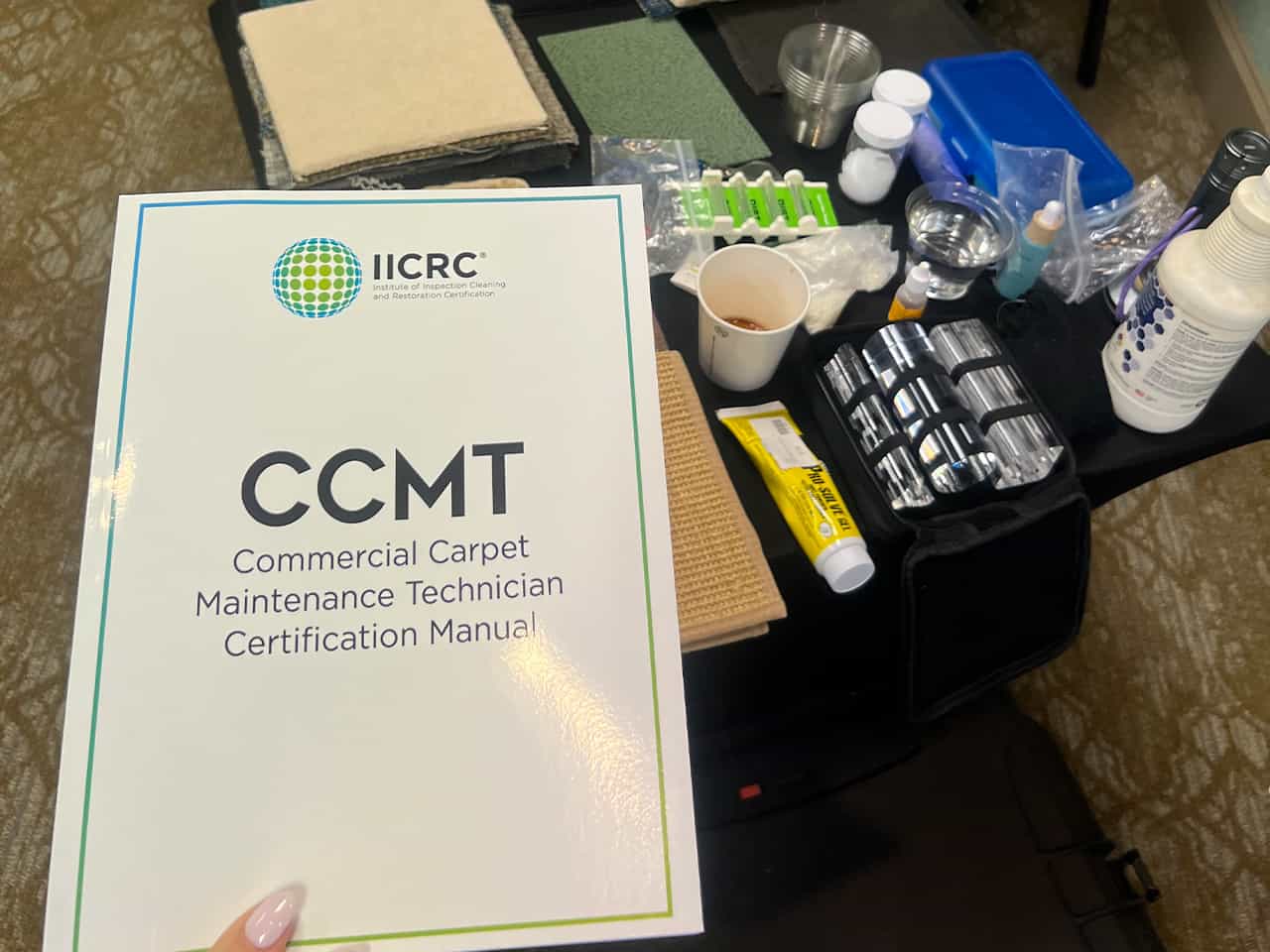The new year is always a good time to pause and think about where we’ve been and where we’re headed. I reached out to some folks I know—managers and operations leaders in the commercial floor care industry—to hear their thoughts on navigating today’s challenges. From shifting customer dynamics to workforce pressures and team training, their answers provide a snapshot of what it takes to keep up and keep moving in our line of work.
We are seeing a generation of customer contacts moving towards retirement. How has this changed your interaction with customers?

Will Wright, Vice President Operations at DFS Green (WW): I don’t think it has shifted our interaction with the client too much. It does sometimes impact whom we send to do the interaction. With a younger generation moving into these management positions, we have found the way they communicate to be more straightforward and less relational—work is time to work; there’s less watercooler conversation. Companies also encourage more transparency, which lends itself to a more straightforward approach, and I applaud that.
Mike Becker, Operations Manager at Commercial Flooring Services (MB): We have definitely seen a change. Just making contact with them is different, as all of the information doesn’t always get relayed to them as they move into these positions.
Pete McMaster, Owner/President at Facilitate Floor & Facility Care (PM): A germane question. Those of us a bit more ‘middle-aged’ (circa 1973 here) find ourselves adapting to a younger customer base with different perceptions and expectations about what good service delivery should look and feel like. The mantra “do good work, and you’ll get more of it” still holds true, but shifting generational perspectives necessitate adapting one’s service delivery into a more intuitive, pleasant feeling customer experience, from initiation to invoicing.
And do you see your opportunities opening up more with customers with the shift? Or are you now spending your energy reeducating them?
MA: Reeducation is always needed, and it’s something I look forward to. It’s a chance to communicate why we do things the way we do, set expectations, and strengthen the relationship.
WW: I feel like the shift has leveled the opportunity with clients. Many larger firms still have a regime that may need more influence from a prior generation. Educating is always important to set expectations correctly. Honestly, that may be my favorite part—sharing firsthand knowledge with a client who is looking for solutions.
MB: I definitely see opportunities. For myself, I like to help them learn about what we do and how we do it. They seem to appreciate me taking the time to help them in their new positions. An in-person meeting is always the best. If not, I have no problem sharing information or websites about the products and equipment we use. I’ll even do a little “bragging” and say we use the best products, chemicals, equipment, and processes. I let them know who our “partners” are.
PM: The answer is “yes and yes”. I do see opportunities opening up with this shift – as long as we stay adaptable and committed to augmenting our customer’s experience. And yes – I am finding it necessary to spend more time educating customers. I think it is key to embrace this as an opportunity. If you refrain from being condescending and boorish about it, customer education can be an opportunity to enhance the overall customer experience.
Pulling from the line “it’s the economy…,” is it still all about the labor shortage, or are you finding ways to work with what you have?
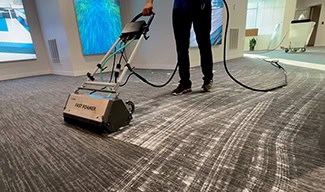
WW: The economy is always there, whatever state it may be in. The real thing to monitor is ensuring you retain quality team members while trimming excess. It’s so important to do both. Otherwise, you end up fostering a level of contempt on one side or complacency on the other.
MB: I have found a good resource is our local labor businesses, like Aerotek. I have a great person there, and they come through when I need them.
PM: It can be a challenge, but yes. I believe the key is ‘key people’. No intention of disparaging or minimalizing the workforce at large, but when you find a ‘knight’, a ‘rook’, or a ‘bishop’ (forgive the chess analogy), you can’t afford not to keep that person happy, engaged, and well compensated.
When is the best time to invest in training for new hires?
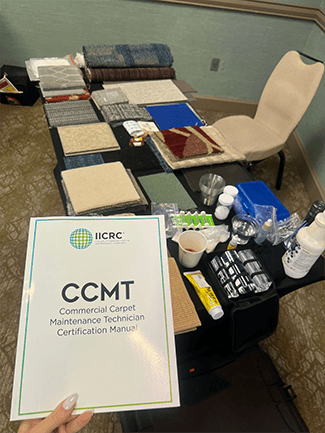
WW: I understand both sides of the coin and while relevant, I probably fall on the side of investing in training upfront. I find more educated team members to be better for all. If you’re worried about training someone who may leave, then your focus and goals are all in the wrong place.
MB: Since most of my new hires come from the agency, I have the option to keep them or let them go if they don’t show that they’ll be an asset for our company. Some people are just looking for a job, and some are looking for a career. Because the hours required for them to work are fairly substantial, some people start strong but later lose their steam and just come to work to collect a paycheck. I’ve experienced many different types of people.
PM: Although there is a case to be made for both schools of thought, I might subscribe more to the latter. Extensive training without aptitude or interest can be a waste of time and resources. When someone demonstrates a sincere interest to learn more after they have had an opportunity to acclimate to the work, training always seems to ‘stick’ better and have a more positive impact on service delivery – and the technician.
What is the largest issue you face moving into 2025?
MA: The commercial office slump. Vacancy rates are still very high, and this shows no sign of changing significantly anytime soon. The uptake of AI to supplant office workers will only exacerbate this. Tenants and property managers have a lot of vacant or little-used space. You don’t clean much in areas you don’t use much. There is a lot of competition for these cleaning budget dollars, resulting in a race to the bottom in pricing, and therefore quality.
We are also doing more work than ever on the installation side of G&W—construction cleans, warehouse scrub and seal, restorative maintenance, etc., connected to our installation services. Additionally, we are doing high-performance coatings like epoxy, and polyurethane. We still gladly do programmed maintenance, but it is not as large a part of our business as it was pre-pandemic.
WW: We are fortunate and doing well. Our service quality is great, and our clients love the personal touch our team members provide. The biggest issue we face is making sure we continue signing quality accounts and not being underbid by large out-of-state conglomerates. We have found these large companies promise a service they sub-perform, leaving the client unhappy. However, it’s often too much of a headache to carve out a piece of the contract because corporate headquarters want one point of billing.
MB: My largest issue is finding technicians who want to do a good job, can make it to work, and can handle both easy and hard jobs while striving to succeed. Another challenge is getting our sales staff up to speed on what my team can do for them to make good money.
PM: Continuing to adapt and develop our marketing and business development strategy without becoming preoccupied by the daily grind of operations and administration.
Hearing from these folks was a reminder that the heart of commercial floor care isn’t just in the tools or techniques—it’s in the people. Whether it’s adapting to new customer needs, making the most of your team, or staying ready for what’s ahead, their commitment to doing the job right really shines. Here’s to the steady dedication that keeps this industry moving forward.
